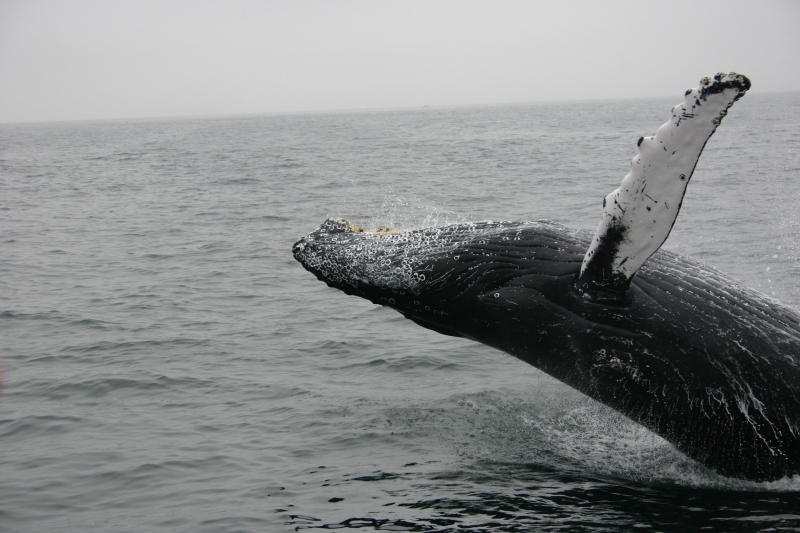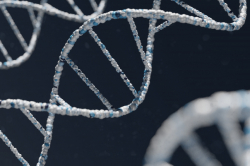Blue whale genome reveals evolutionary surprises. Scientists of the German Senckenberg Biodiversity and Climate Research Center, Goethe University and the University of Lund in Sweden have deciphered the complete genome of the blue whale and three other rorquals. These insights now allow tracking the evolutionary history of the worlds' largest animal and its relatives in unprecedented detail. Surprisingly, the genomes show that rorquals have been hybridizing during their evolutionary history. In addition, rorquals seem to have separated into different species in the absence of geographical barriers. This phenomenon, called sympatric speciation, is very rare in animals.
Vaccine instead of pesticides for plants. Novel technologies are being sought to replace the traditional pesticides used to protect plants, particularly edible plants such as cereals. A new approach to plant protection involves vaccinating plants against pathogens with double-stranded RNA molecules that can be sprayed directly on the leaves
Astronomy software to the rescue of species. Researchers are using astronomical techniques used to study distant stars to survey endangered species. The team of scientists is developing a system to automatically identify animals using a camera that has been mounted on a drone. It is able to identify them from the heat they give off, even when vegetation is in the way. The system has the potential to greatly improve the accuracy of monitoring endangered species and so help save endangered species.
Self-healing metal oxides protect against corrosion. Researchers have found that a solid oxide protective coating for metals can, when applied in sufficiently thin layers, deform as if it were a liquid, filling any cracks and gaps as they form. The thin coating layer should be especially useful to prevent leakage of tiny molecules that can penetrate through most materials, such as hydrogen gas that could be used to power fuel-cell cars, or the radioactive tritium (a heavy form of hydrogen) that forms inside the cores of nuclear power plants.
Is that milk still good? Scientists at McMaster developed a transparent test patch, printed with harmless molecules that can signal contamination as it happens. The patch can be incorporated directly into food packaging, where it can monitor the contents for harmful pathogens such as E. coli and Salmonella. The tech has the potential to replace the traditional "best before" date on food and drinks.




